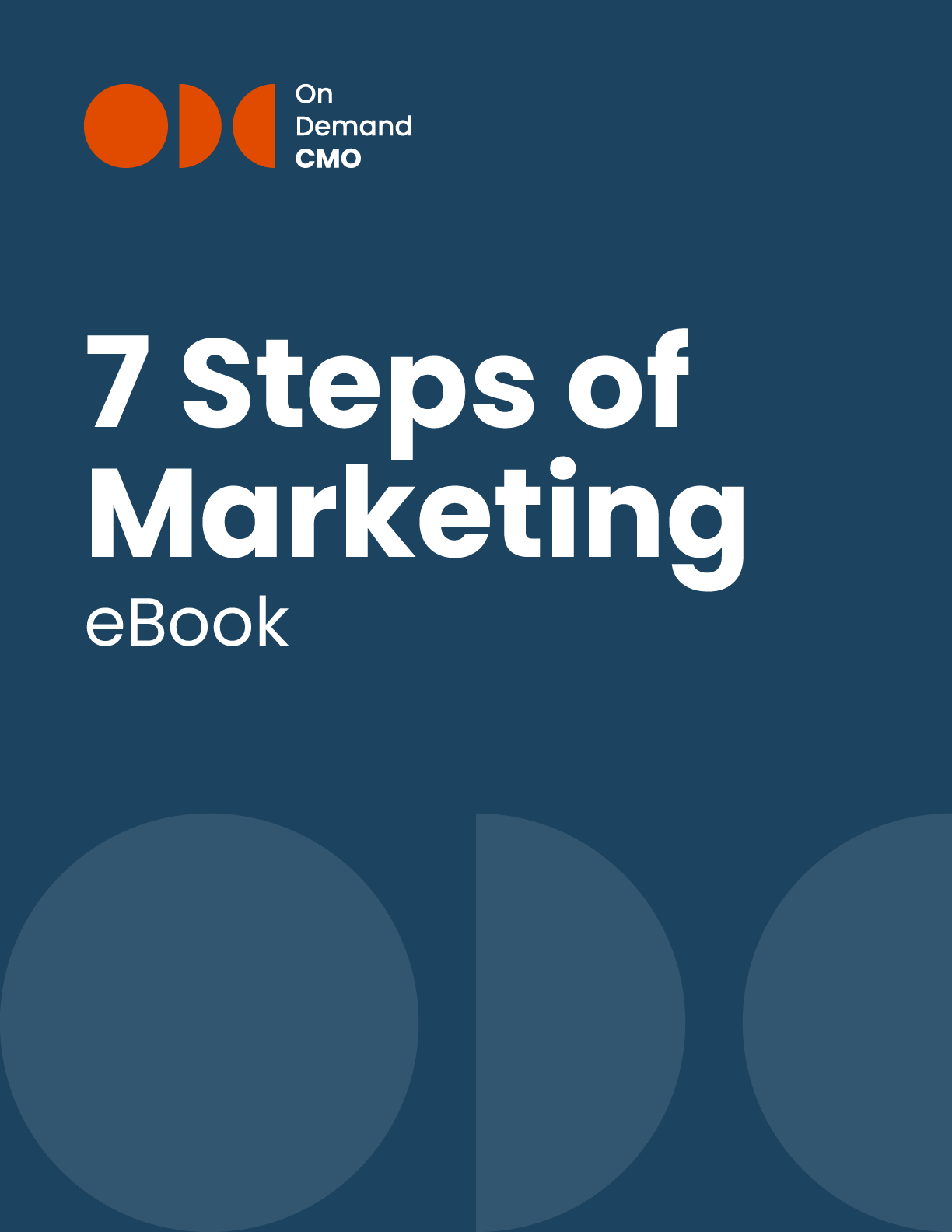Story branding requires connecting with a customer on a personal level. Famed author Maya Angelou once said, “They will forget what you said. They will forget what you did. But they will never forget how you made them feel.” When we create content and illuminate a brand, we mustn’t forget that we are doing more than just sharing information. We are also creating a brand story — initiating a feeling, unearthing a mood, and setting a tone.
A few years ago, I was lucky enough to have worked with Greg Monaco, as our MENG (Marketing Executives Networking Group) NJ Chapter workshop presenter. Years later, his advice is still ringing in my ears and continues to speak to today’s climate. These sage words of advice sum up the whole three-hour interactive session: “Stop selling products and start telling stories — connect your brand with emotion and relevance.” In other words, start story branding: create a compelling narrative that encompasses the facts and feelings your brand generates.
Monaco started the presentation with a very interesting classified advertisement that is attributed to Ernest Hemingway. Someone bet that he couldn’t write a story in less than 10 words, and to win the bet, he wrote this: “For sale: Baby shoes, never worn.”
Wow. Impactful story, right? It has a potent and pithy beginning, a middle and an end. Besides that, Greg would say it has the three critical elements needed in a story:
These three elements can play into your company’s story branding as well. To illuminate how, Greg then took us through multiple brand examples, including UPS, (the hero is UPS, the villain is time or roadblocks, and the passions are connecting, working, and workflow), and Harley Davidson (the hero is Harley, the villain is convention, and the passion is freedom).
Consider just about any brand or product and you will see you can easily apply the same logic to it. Suddenly, story branding all becomes much clearer. Of course, he went deeper into the process and made us do some visualizations and creative writing exercises, but it all came from the core foundation described above.
If we look at luxury brands, one could say that they live in parity with one another. All are fabulous, great quality, expensive, and highly sought-after — so what differentiates one brand from the other? Discovering that is the secret sauce, isn’t it? Differentiation and specificity are key.
That secret sauce is the story behind the brand: it’s the hero/villain/passion triangle that gives the company the brand DNA we perceive as consumers. Gucci conjures up a different image than Ralph Lauren, and Ralph Lauren one different than Chanel, right? It is in the nuances where the differentiators lie.
Applying this logic to my own brand, onDemand CMO, the hero is my team and me, the villain is complexity and jargon, and my passion is clarity, content, and communication. In longer form, the story of my brand would look like this: onDemand CMO is the hero because it uses the sword of clarity to cut through the clutter and jargon in the B2B world to create clear and concise marketing strategies and messages.
Now given these tools and ideas, ask yourself this: What would the story look like for your brand?

OnDemandCMO has authored 7 Steps of Marketing, the only marketing guide book you’ll need to either get your marketing started properly, or stay on track strategically.
It features best practices on branding, messaging, social media, lead generation and much in between.
Please let us know who you are, and we'll share a few of our secrets (we don't sell or trade your info)!